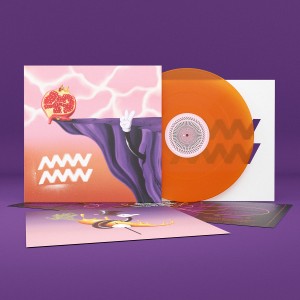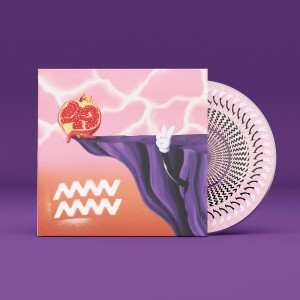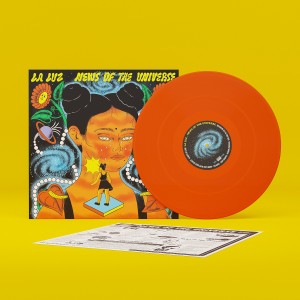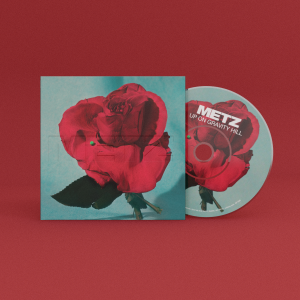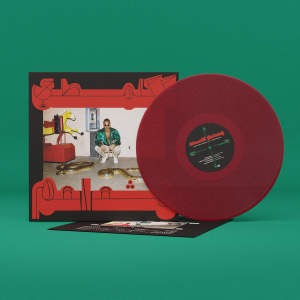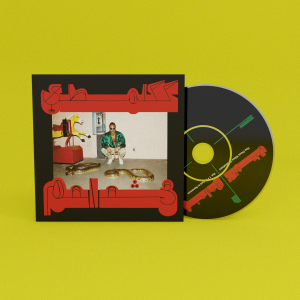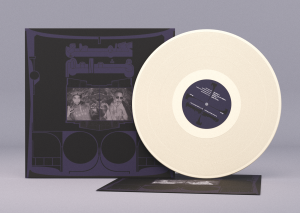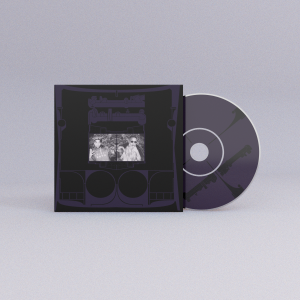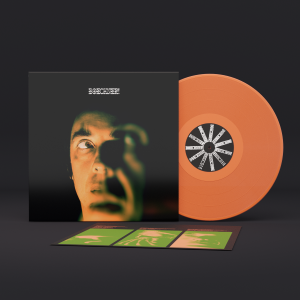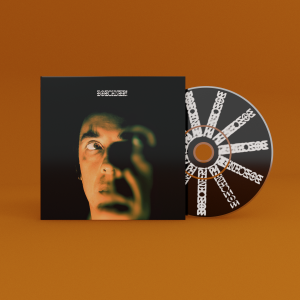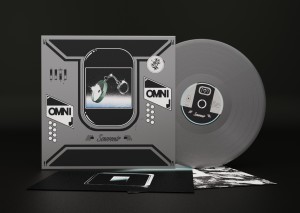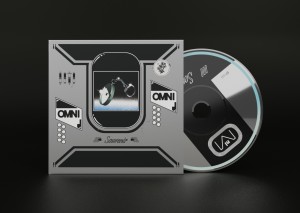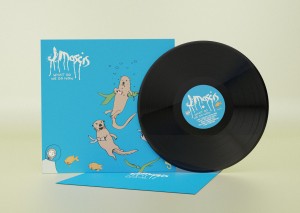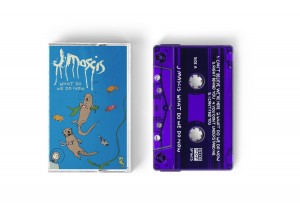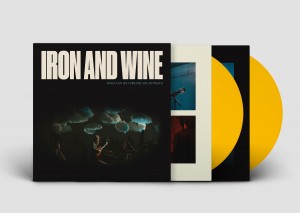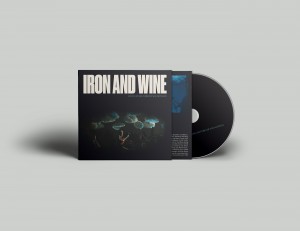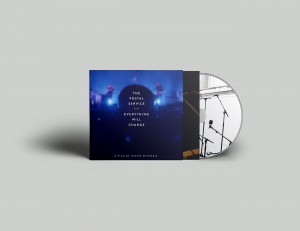
The following winter, in an attempt to salvage the record and the band, Cross suggested they regroup in the UK, in the tiny stone house—once a coffin-maker’s workshop—where she works as an end-of-life doula. With minimal recording gear and few instruments, Loma turned two whitewashed rooms into a makeshift studio, using a padded coffin as a vocal booth. It was a turning point. They scrapped much of what they'd made, letting a new place set a new course. The one-lane roads, hedgerows and dark skies of Dorset gave the new songs an ineffable but unmistakable Englishness. The band used the ruin of a 12th-century chapel as a reverb chamber—surprising hillwalkers who peeked in to find them singing to no one—and the sounds of Cross’s chilly workshop wormed their way into the recording: a leaky pipe, a drummer’s brushes on a metal lampshade, the voices left on an ancient answering machine.
What emerged was How Will I Live Without A Body?: a gorgeous, unique, and oddly comforting album about partnership, loss, regeneration, and fighting the feeling that we're all in this alone. Many of its songs have a feeling of restless motion; faceless characters drift through meetings and partings, tangling together and slipping away. “I Swallowed A Stone” is like a nightmare with a happy ending; “How It Starts” and “Broken Doorbell” reflect on the challenge (and necessity) of wrestling with agoraphobia. Though the record nods to the trio’s separate lives— a German percussion ensemble, a pair of Texan owls, and the surf at Chesil Beach make guest appearances—the core of Loma's sound remains intact: earthy, organic and deeply human, anchored by Cross's cool, clear voice.
Loma’s previous album, Don’t Shy Away, was galvanized by the unexpected encouragement and contributions of Brian Eno. This time, they found inspiration in another hero, Laurie Anderson, who offered a chance to work with an AI trained on her entire body of work. Meiburg sent her a photo from his book-in-progress about the once and future life of Antarctica; Anderson’s AI responded with two haunting poems. “We used parts of them in a few songs,” he says. “And then Dan noticed that one of its lines, ‘How will I live without a body?’ would be a perfect name for the album, since we nearly lost sight of each other in the recording process.”
In the end, Loma’s efforts to reconnect with one another are the album's central focus: what do you owe a shared past, when everyone and everything has changed? “Making this record tested us all,” says Duszynski. “I think that feeling was alchemized through the music.” Alchemized, because How Will I Live Without A Body? is by no means a stressed-out record: an undercurrent of deep calm runs through it. But maybe ‘relaxed’ isn’t the right word. It’s more like a feeling of relief, of making it through a tough journey together.
TRACK LISTING
1. Please, Come In
2. Arrhythmia
3. Unbraiding
4. I Swallowed A Stone
5. How It Starts
6. Dark Trio
7. A Steady Mind
8. Pink Sky
9. Broken Doorbell
10. Affinity
11. Turnaround


